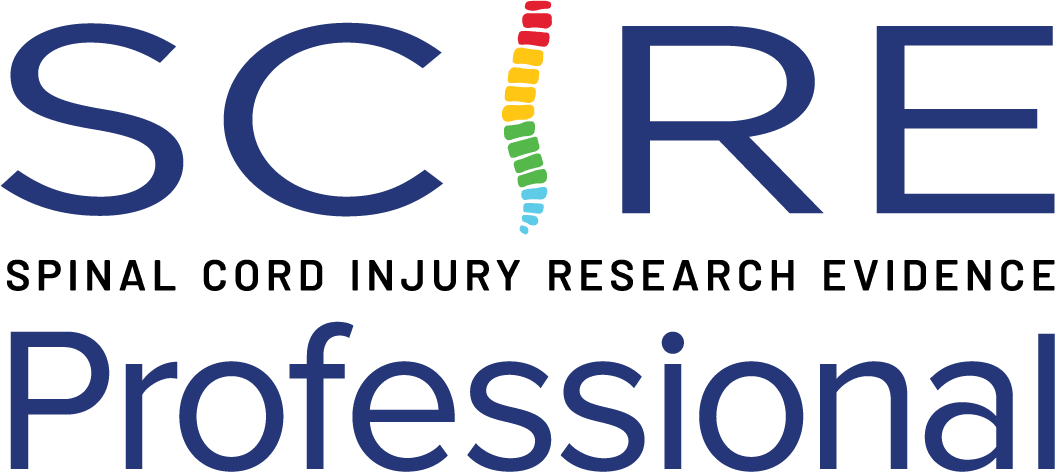Non-Invasive Stimulation
Discussion
Different approaches to stimulate the spinal cord have been used, including transcutaneous, which is a non-invasive method, and epidurally or laparoscopically, which are invasive methods requiring surgery.
As a non-invasive method, transcutaneous spinal cord stimulation (tSCS) is easier to study and comes with fewer risks. To date, tSCS studies have shown only minor AEs, such as discomfort, minor issues related to the skin under the electrodes, and one case of burning sensation during the stimulation (Al’joboori et al. 2020; Hawkins et al. 2022).
Two high-level studies assessed the effects of tSCS in combination with LT on walking outcomes (Hawkins et al. 2022; Estes et al. 2021). The RCT of Estes et al. (2021) included 18 participants with subacute (mean time since injury of 100.3 days) SCI and the ability to take at least one step with or without an assistive device and the presence of at least mild spasticity. Participants were randomized to receive 30 min of tSCS or sham stimulation, coupled with LT for another 2 weeks (Estes et al. 2021). After the intervention phase, the two groups were not significantly different from each other in walking speed or walking distance. However, the transcutaneous stimulation group improved significantly from baseline walking performance by 0.16m/s in walking speed and by 15.25m in walking distance, both clinically relevant changes (Lam et al. 2008; Estes et al. 2021). On the other hand, participants in the sham stimulation group showed more modest (non-significant) changes in walking speed (0.06 m/s) and in walking distance (6.85 m) (Estes et al. 2021).
Hawkins et al. (2022) included eight patients with chronic motor-incomplete SCI who were able to walk for three minutes with or without assistance. Participants engaged in 30 minutes of BWSTT and 10 minutes of OLT and were randomly assigned to receive either transcutaneous spinal direct current stimulation (tsDCS) or sham stimulation (Hawkins et al. 2022). After four weeks of training, both groups reached similar levels of training intensity but walking speed (10MWT) and walking distance (6MWT) were slightly better in the stimulation group than in the sham stimulation group (statistical analysis was not performed due to the small group sizes (n = 4) (Hawkins et al. 2022). Al’joboori et al. (2020) performed a prospective controlled trial in which seven patients with chronic SCI and unable to stand from a chair unaided were included. Participants were assigned to receive 24 sessions BWS sit-to-stand and standing training, either with tSCS or sham stimulation. After eight weeks, three of the five STIM group participants improved their LEMS and volitional lower limb muscle activity and/or movement (Al’joboori et al. 2020). However, more robust studies need to be conducted because the sample size was small, the allocation was not randomized, and no statistical analysis was performed (Al’joboori et al. 2020).
Conclusions
There is level 1 evidence (from 1 RCT: Estes et al. 2021) and level 2 evidence (from 1 RCT: Hawkins et al. 2022) that the simultaneous application of tSCS during LT (BWSTT or overground) training sessions is a safe procedure and may provide more improvements in walking speed (10MWT) and walking distance (2MWT and 6MWT) in comparison with the same intervention but with sham stimulation in patients with incomplete, and subacute and chronic SCI.
There is level 2 evidence (from 1 prospective controlled trial: Al’joboori et al. 2020) that an intervention based on tSCS combined with sit-to-stand and standing training may provide additional benefits in LEMS, in the recovery of volitional lower limb muscle activity and/or movement, and in enhancing voluntary control of lower extremities and trunk, in comparison with the same training intervention but without tSCS in patients with chronic SCI.
